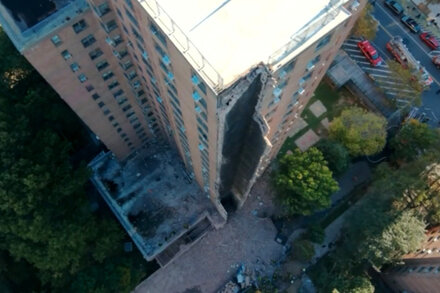After weeks of diplomatic deadlock and escalating tensions, a breakthrough in negotiations reportedly transformed stalled talks between Israel and Hamas into a comprehensive agreement. This deal, encompassing a ceasefire, prisoner exchange, and increased humanitarian aid, emerged from persistent mediation and strategic concessions.

After weeks of diplomatic deadlock and escalating tensions, a breakthrough in negotiations between Israel and Hamas reportedly led to a comprehensive agreement, transforming stalled talks into a concrete deal. The agreement, facilitated by international mediators, is understood to encompass a ceasefire, a significant exchange of prisoners and hostages, and increased humanitarian aid access to Gaza.
Initially, discussions had faltered over several critical points. Reports indicated that the primary obstacles included the duration of any proposed ceasefire, the number and identity of Palestinian prisoners to be released in exchange for Israeli hostages, and the extent of humanitarian assistance permitted into the Gaza Strip. Both sides maintained firm positions, leading to a cycle of proposals and rejections that left negotiators frustrated.
The turning point in the stalled talks reportedly emerged from a combination of intensified pressure from key international players and a revised, multi-phase proposal put forth by mediators, primarily Qatar, Egypt, and the United States. This new framework reportedly addressed some of the core concerns of both parties without demanding complete capitulation on their most sensitive demands.
Key to unlocking the stalemate was said to be a concession on the sequencing of the agreement. Instead of a single, all-encompassing deal, the new proposal reportedly outlined a staggered approach. This involved an initial shorter-term ceasefire coupled with the release of a specific category of hostages – such as women and children – in exchange for a predetermined number of Palestinian prisoners. This first phase was designed to build trust and create momentum for subsequent stages.
Further concessions reportedly included Israel’s agreement to significantly increase the flow of humanitarian aid, including fuel and medical supplies, into Gaza, and to allow for a temporary reduction in aerial surveillance during the ceasefire period. On Hamas’s side, the agreement reportedly involved clearer mechanisms for verifying the health and status of remaining hostages and a commitment to de-escalation of hostilities.
The sustained efforts of high-level diplomatic envoys from mediator countries were crucial. These officials reportedly engaged in shuttle diplomacy, bridging communication gaps and clarifying ambiguities in proposals. Their ability to secure small, incremental agreements on less contentious issues eventually paved the way for larger compromises.
The finalization of the deal, following intense, round-the-clock negotiations in a neutral location, marked a significant diplomatic achievement. While specific details of the agreement’s implementation mechanisms are expected to unfold, the consensus among observers is that a blend of persistent mediation, strategic concessions, and a shared, albeit reluctant, recognition of the high cost of continued conflict ultimately transformed a diplomatic impasse into a tangible agreement.
Source: Read the original article here.





